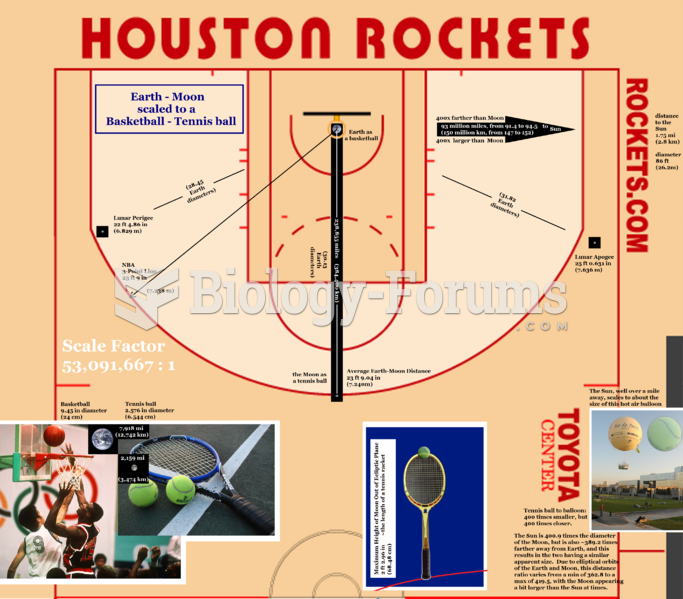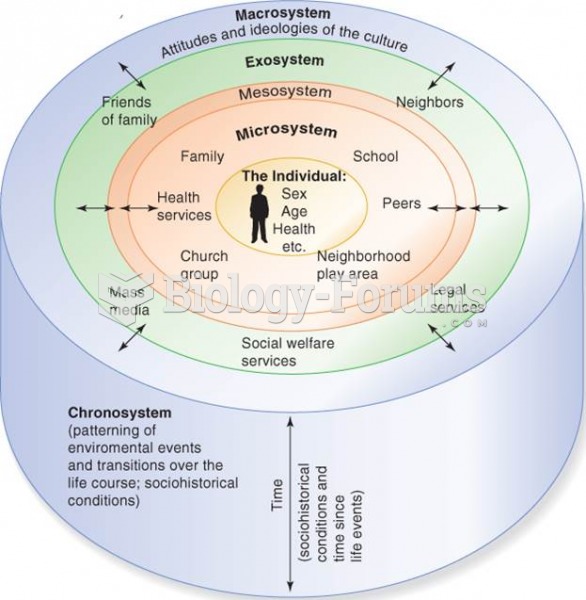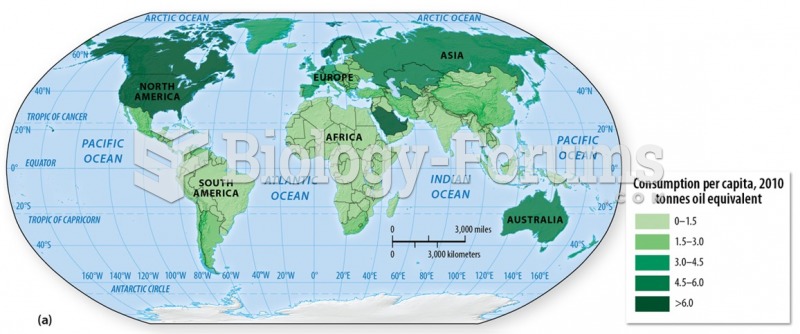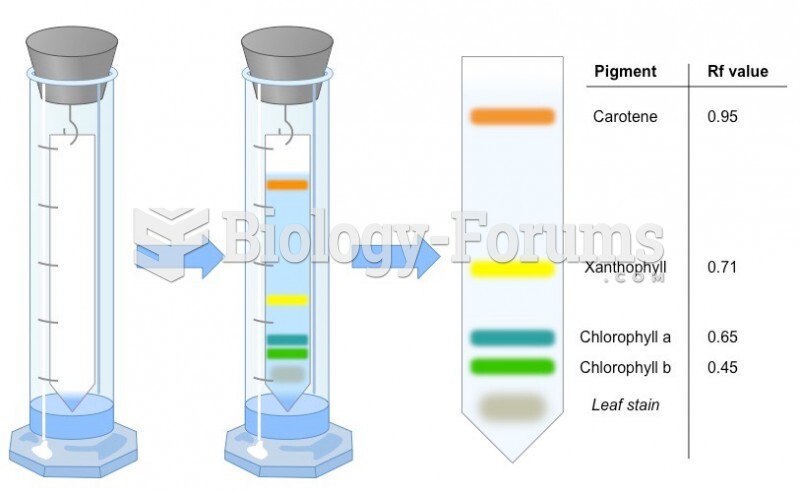This topic contains a solution. Click here to go to the answer
|
|
|
Did you know?
Methicillin-resistant Staphylococcus aureus or MRSA was discovered in 1961 in the United Kingdom. It if often referred to as a superbug. MRSA infections cause more deaths in the United States every year than AIDS.
Did you know?
Medication errors are more common among seriously ill patients than with those with minor conditions.
Did you know?
Thyroid conditions may make getting pregnant impossible.
Did you know?
Asthma cases in Americans are about 75% higher today than they were in 1980.
Did you know?
On average, the stomach produces 2 L of hydrochloric acid per day.








